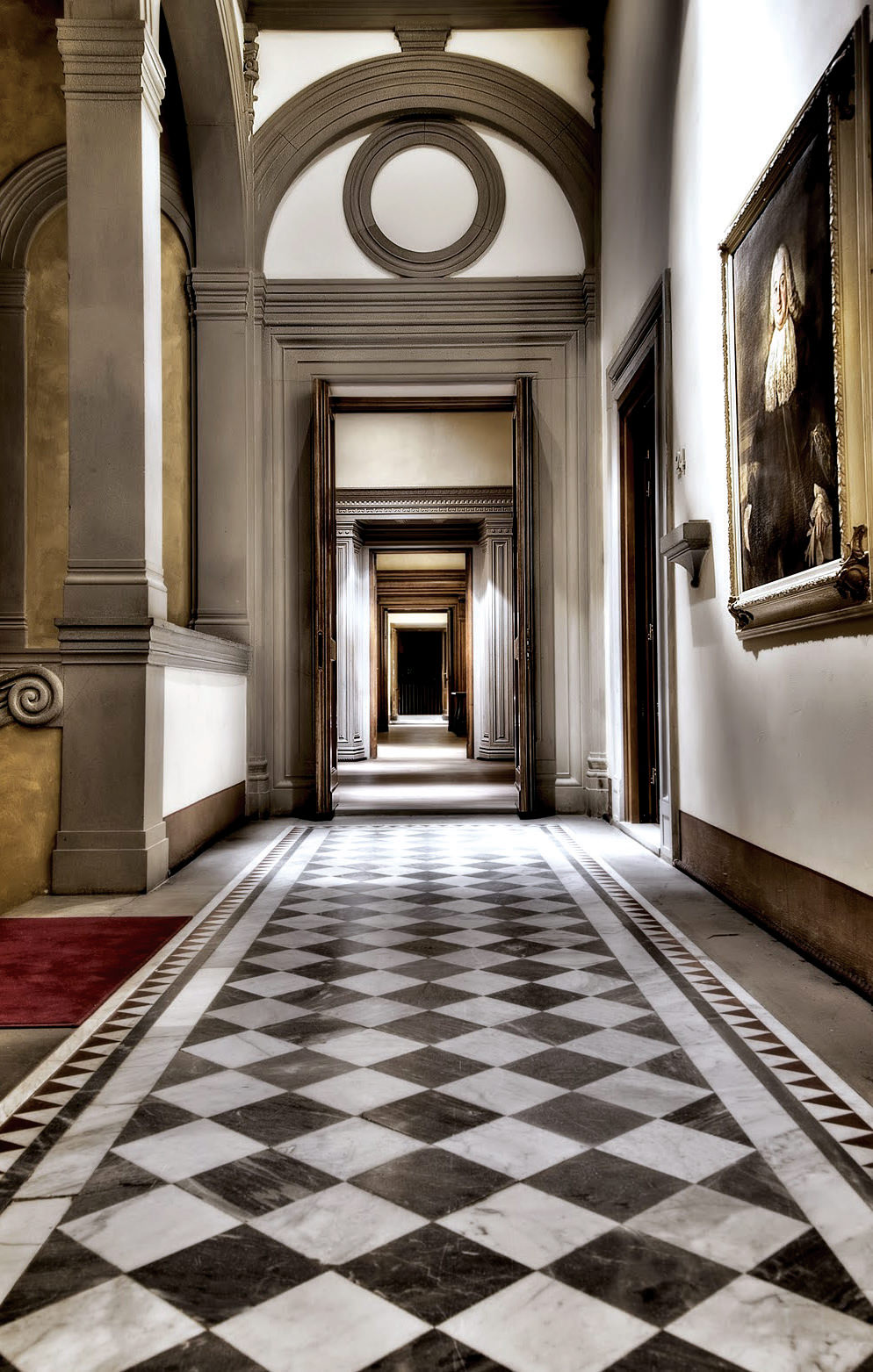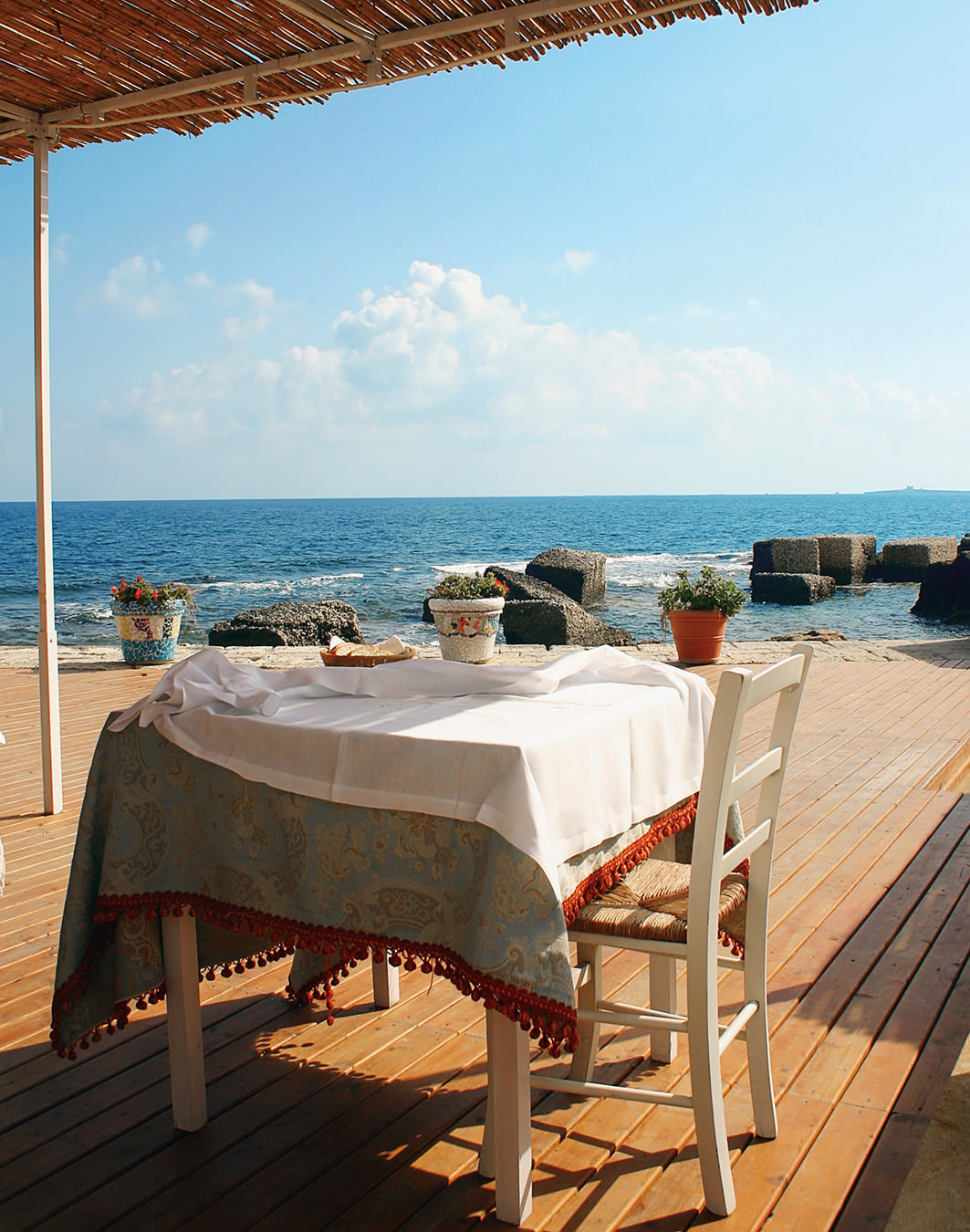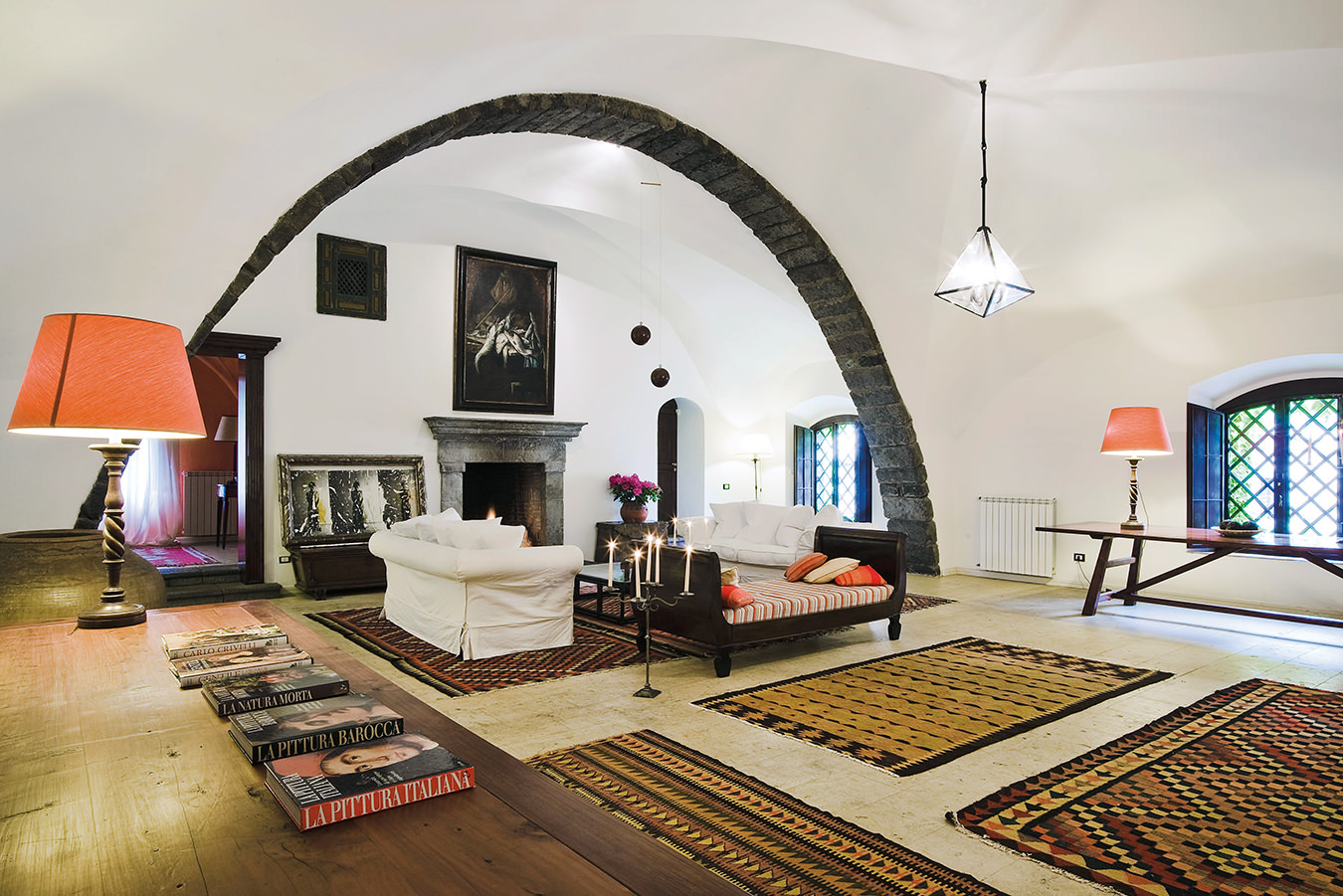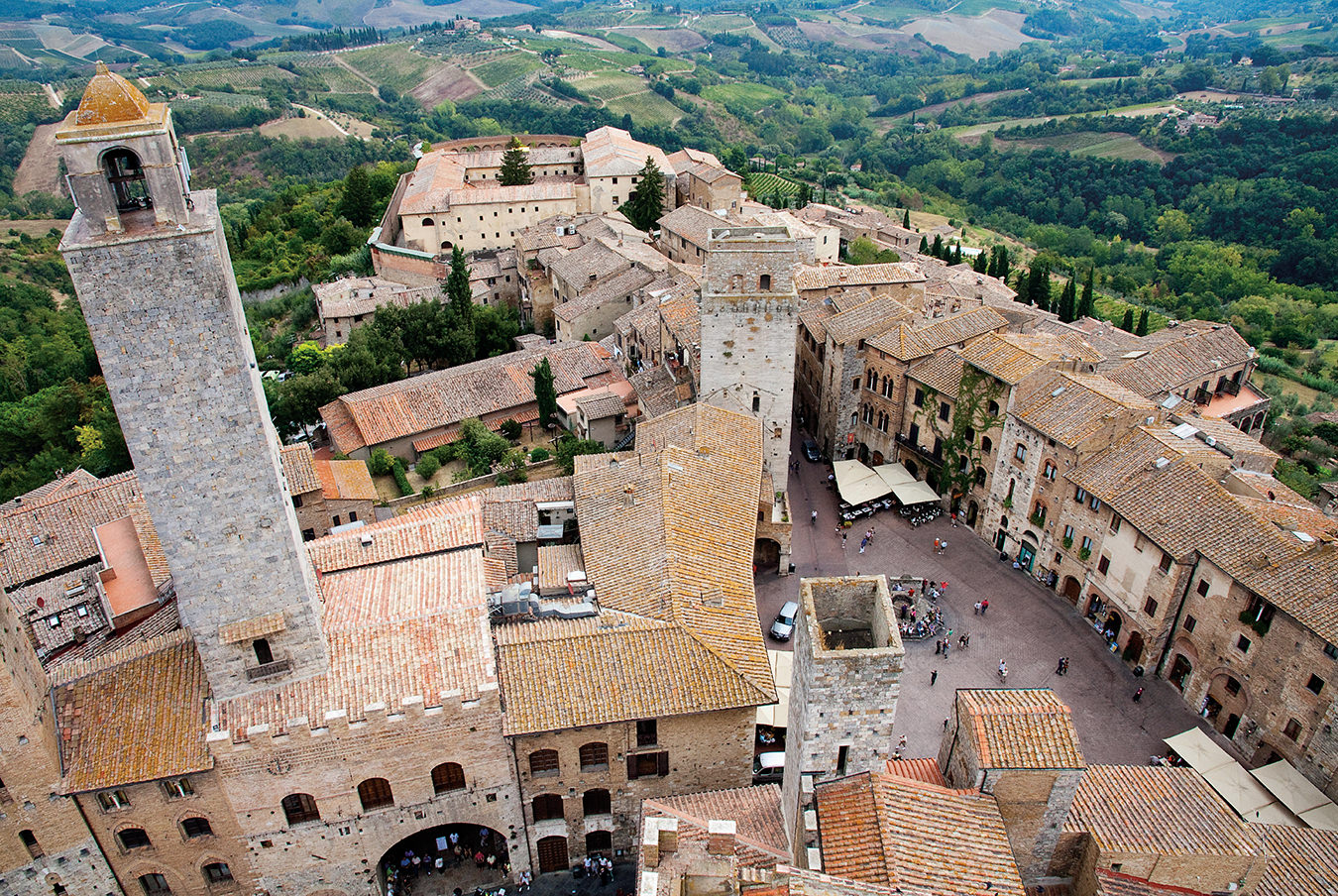The Micheluzzi Sisters: The Next Generation of Glassmakers
Straddling the line between art and design.
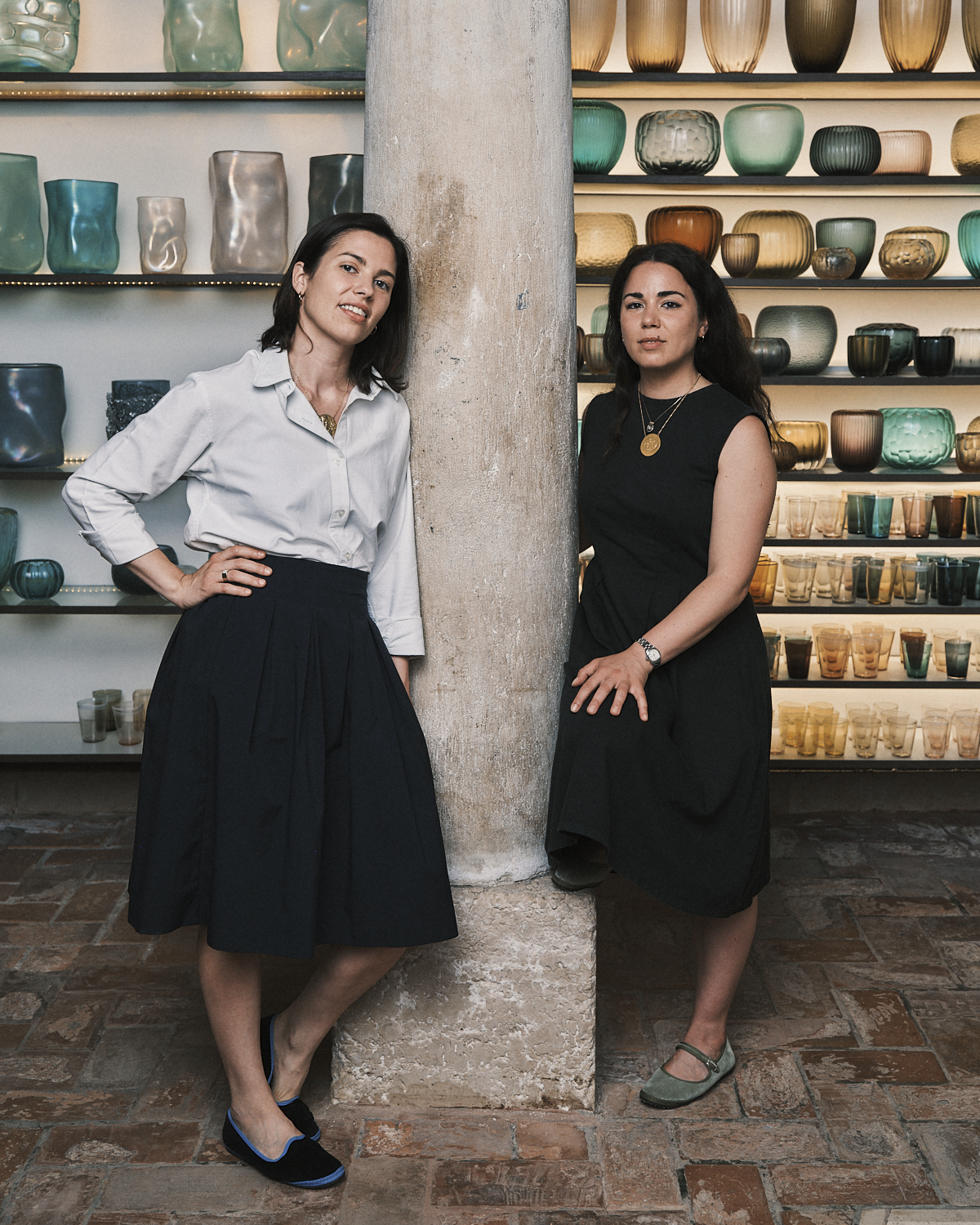
Elena and Margherita Micheluzzi never intended to get into the business of glassmaking. Though the two sisters grew up surrounded by their father’s creations, they had each taken their own path—or so they thought. Encouraged by their parents to broaden their horizons, in 2018 they were both living in London and working in other fields (Elena in contemporary art and Margherita in interior design), when a bunch of factors conspired to push them into the world of glassmaking.
Seeing that the interiors brand she worked for in London was collaborating with glassmakers in Murano, Margherita asked her father why he had never thought about making drinking glasses. He responded, “Great idea. You can make them,” and from there the idea for Micheluzzi Glass was born.
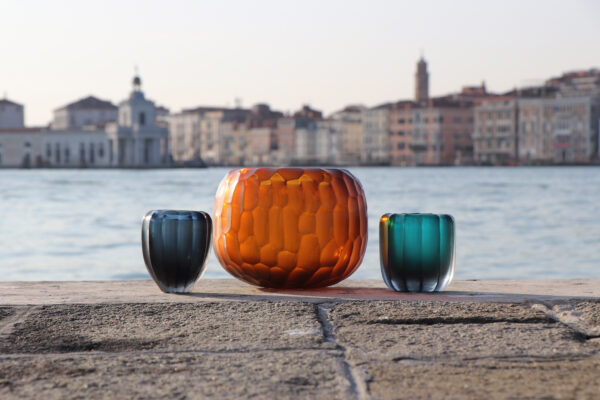
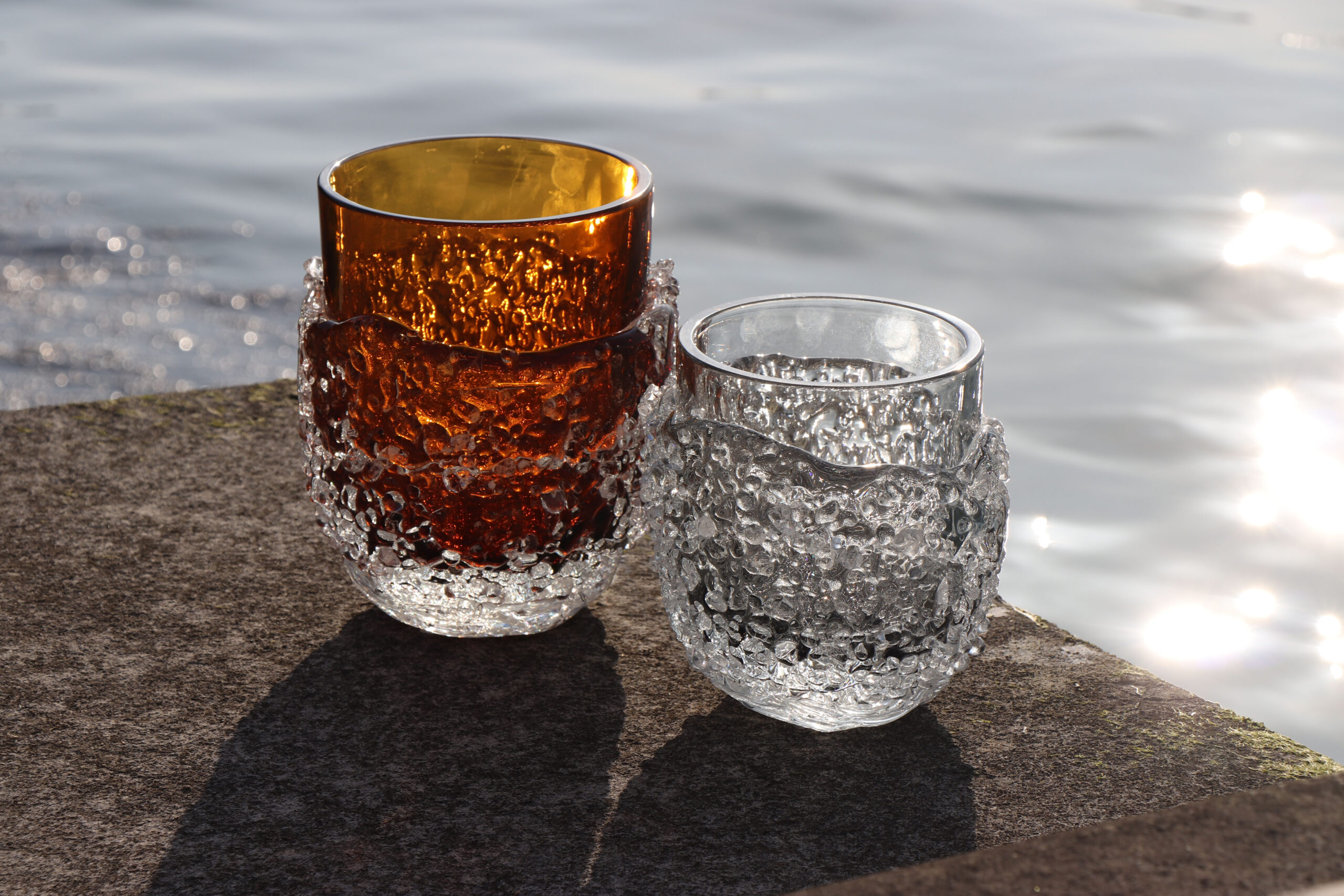

Thanks to their father, Elena and Margherita had a glassmaking furnace to work with. They just needed an original idea, so they dove into the archives and spent time poking around the furnace. Inspired by the way the artisans would pinch glasses with defects in order to distinguish them, they decided to purposely pinch their tumblers, creating organic, wavy shapes instead of perfectly round vessels. A couple of weeks after they created their first set of 12 tumblers, their father called them and told them he had sold their set. “I started crying, ‘Someone bought our glasses!’” Margherita recalls. They immediately started making glasses in other colours.
Of course, as their father told them, they couldn’t only make drinking glasses—they had to also make vases. “He told us to start with simple forms and small things. And in order to give them our touch, we thought about the various applications and techniques one can use to make these objects unique,” Elena explains.
Upon looking through their father’s archives, they realized that cold working was a technique they could use to create their own signature style. Usually used to smooth sharp edges, cold working is a technique whereby an artisan uses a grinding wheel studded with diamonds to cut or carve incisions onto the surface of glass objects while applying a steady stream of water to regulate the temperature. By varying the size of the wheel, the pressure applied, and the movements used, a range of textures and patterns can be made.
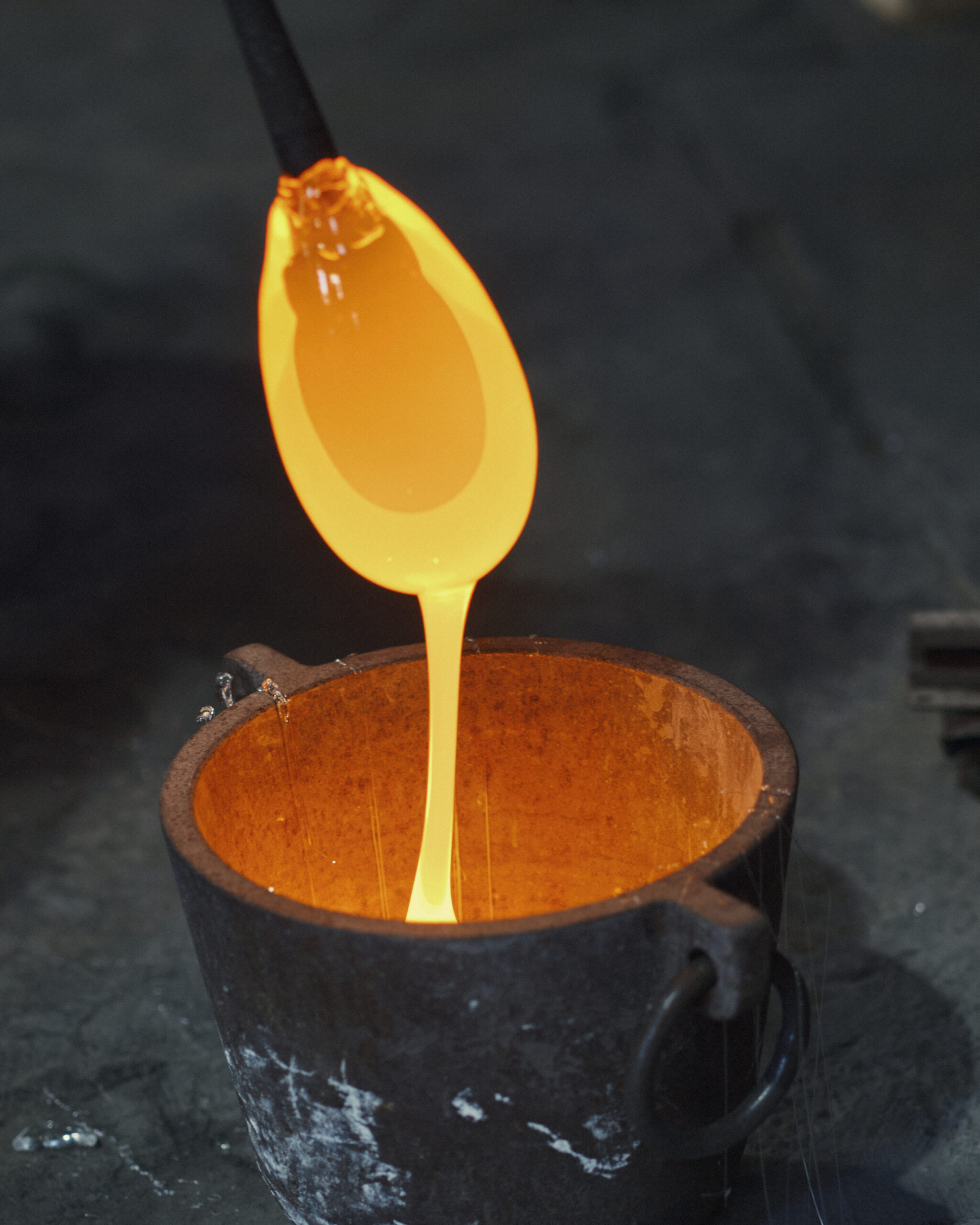
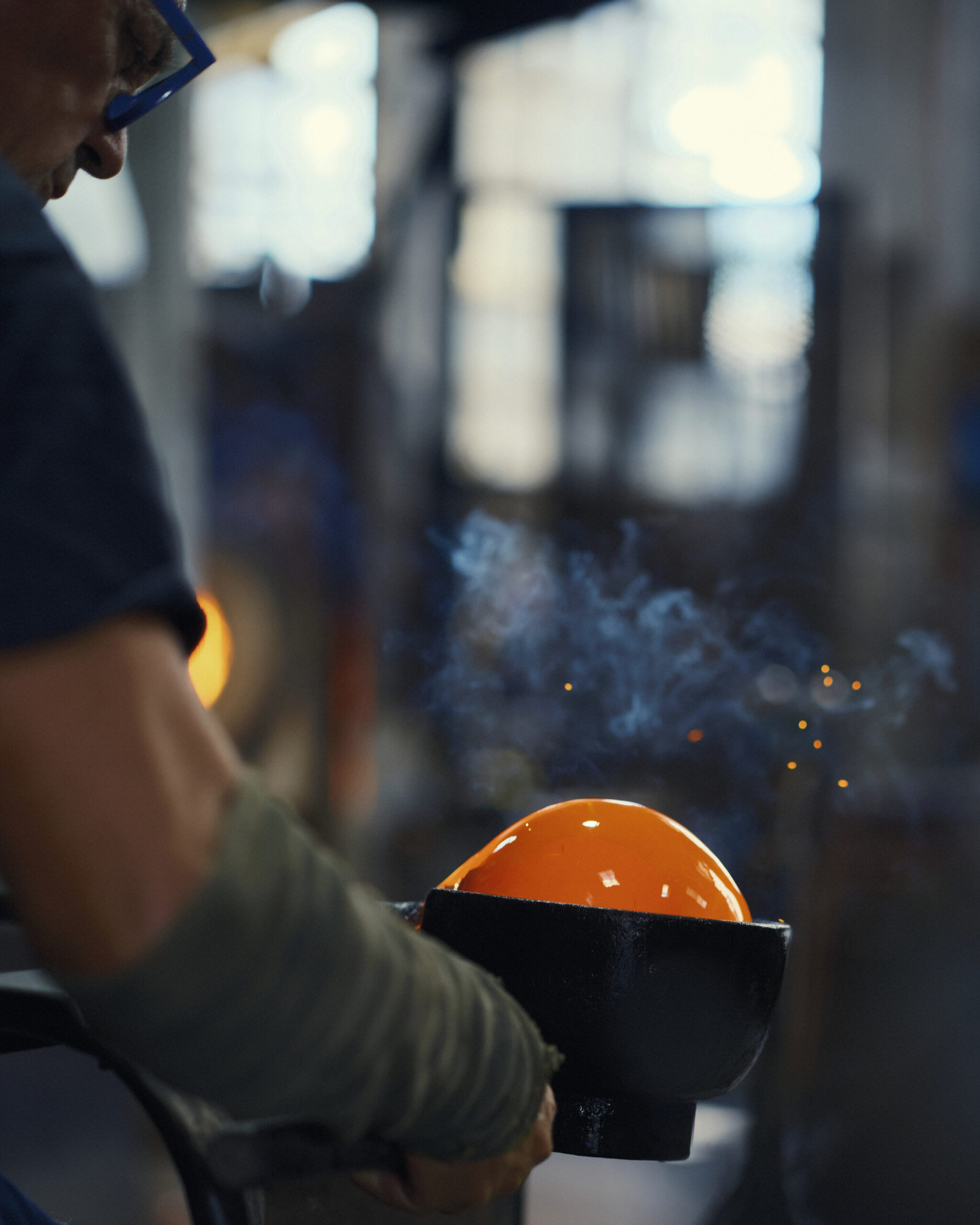
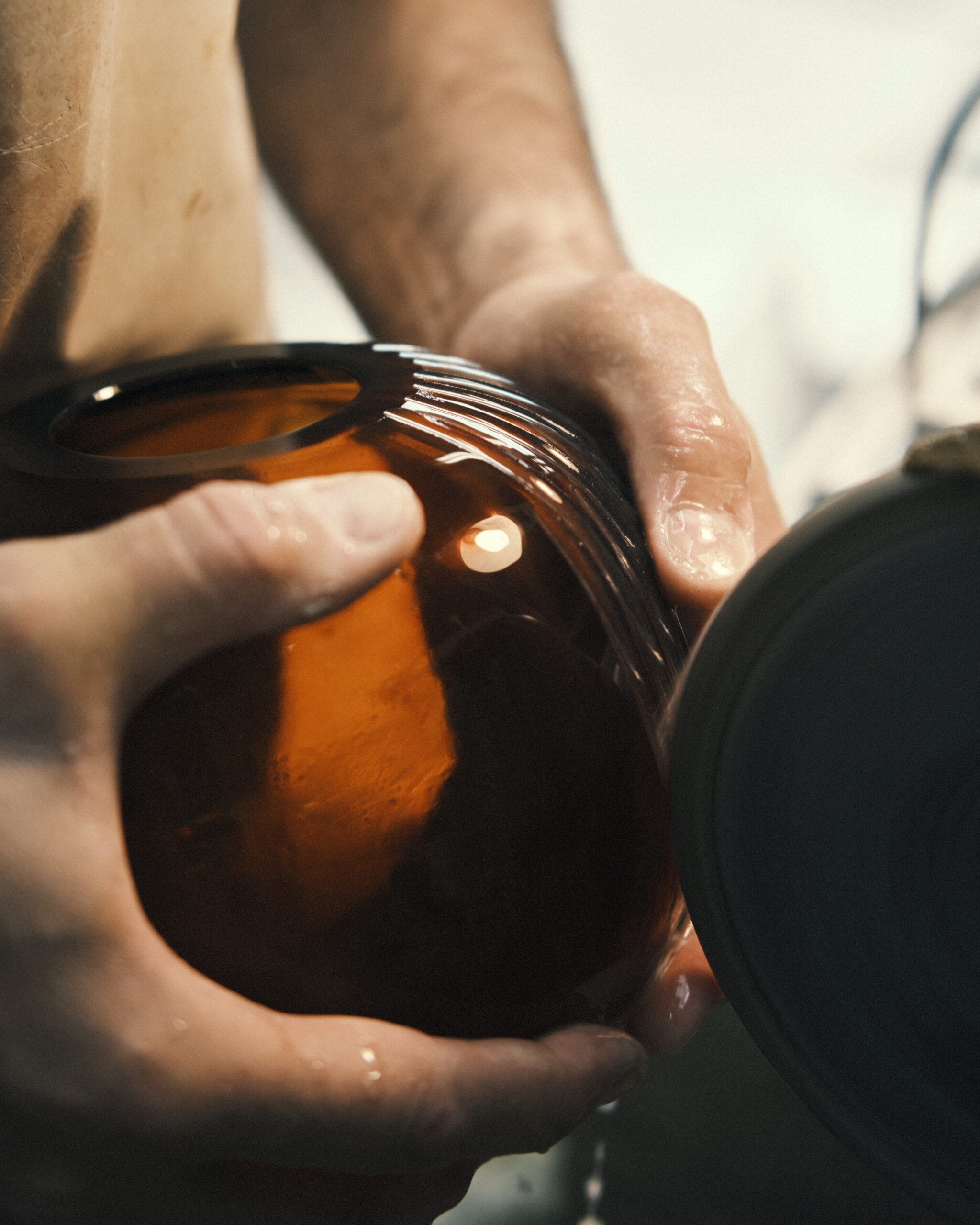
Elena and Margherita call their vases “a collection to collect” and emphasize that they’re intended to be used. “All of our peers are used to having glass around because we’re in Venice, but for many people, it’s considered an object more from the past than the present,” Elena says. “But the way that we present it is much more modern.”
Indeed, the Micheluzzi sisters are considered pioneers in the next generation of Venetian glassmakers. They have exhibited their decorative vases at the Collect fair at Somerset House in London and the Salone del Mobile in Milan, did a pop-up in Bordeaux, designed window displays at the Fondaco dei Tedeschi in Venice, and did an ikebana workshop using their vases at Palazzo Venartthat, a member of Leading Hotels of the World in Venice. Their vases can also be seen at Violino d’Oro, another member of the Leading Hotels of the World that just opened near Piazza San Marco. But the most surefire way to encounter their work is to visit the shop they share with their father in Dorsoduro, around the corner from the Galleria dell’Accademia.
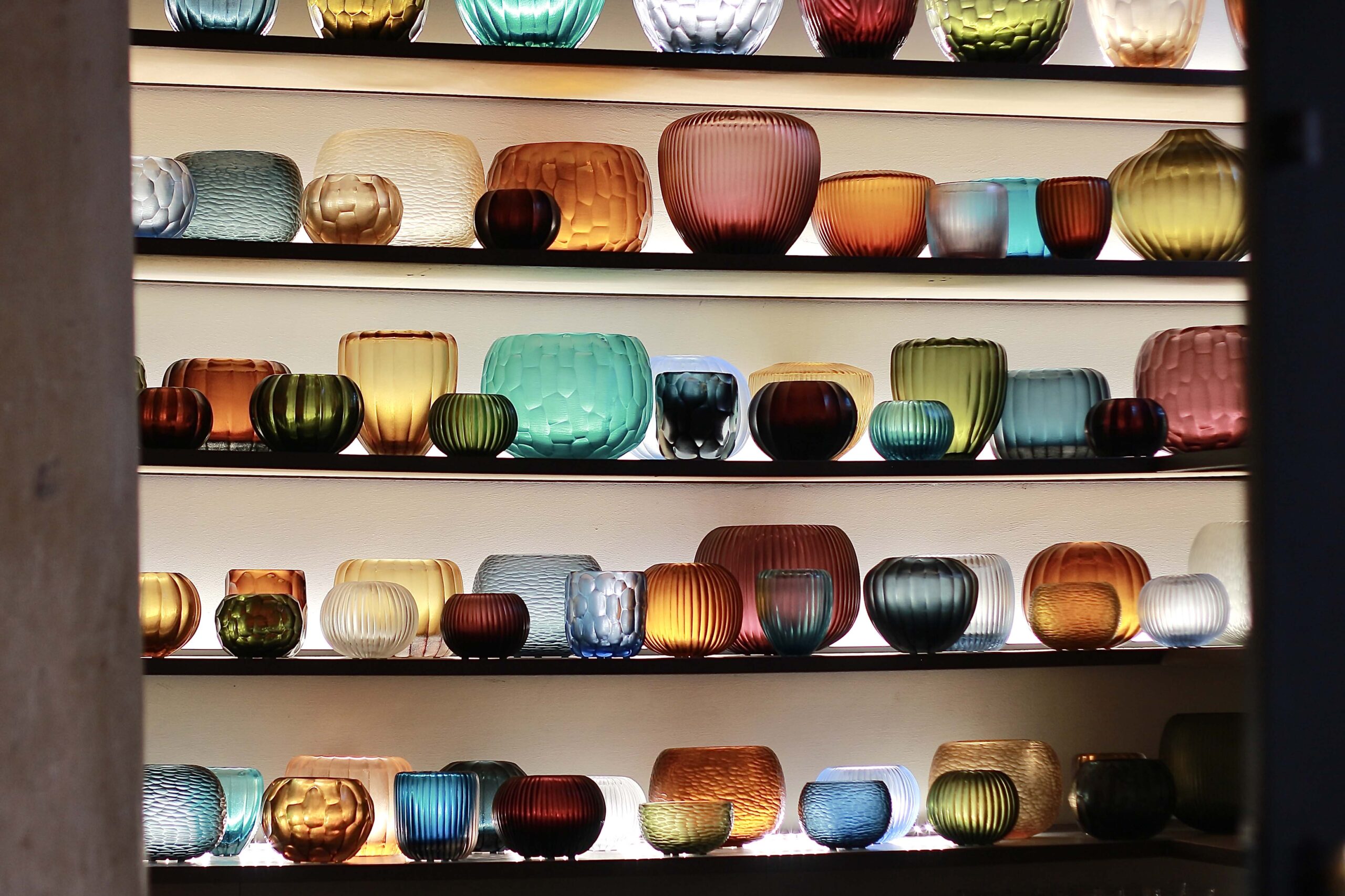
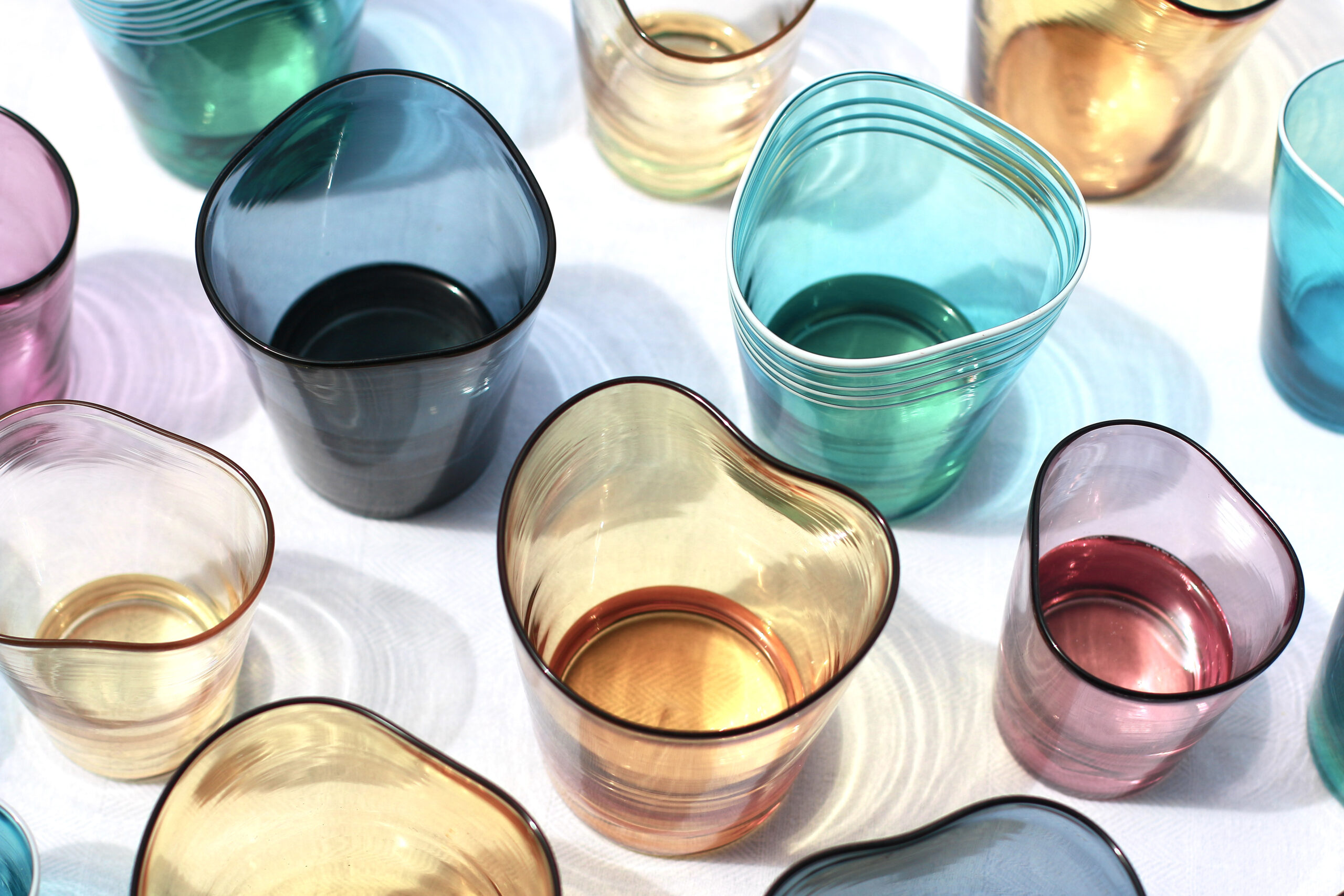
Now that they’ve immersed themselves in the world of Venetian glassmaking, they realize how important it is to keep these centuries-old traditions alive. Because even though Murano glass is famous around the world, the industry is going through a crisis. According to Elena, half of the island’s glass furnaces have closed, the master artisans are getting older, and fewer young people are concentrating on glassmaking as a career. Furnaces that were commercially viable in the past simply can’t compete with IKEA. Nowadays, the remaining glass furnaces in Murano either produce touristy things or they’re focused on making high-end art and design objects for a shrinking number of people who can afford them.
“We’re not from Murano, we’re not the daughters of a master glassmaker, we can’t blow glass ourselves, but we’ve discovered this world in a different way,” Elena says. “What we can do—and there is a little community of young people trying to do this—is to continue to support this world, because if we work, they work.”

